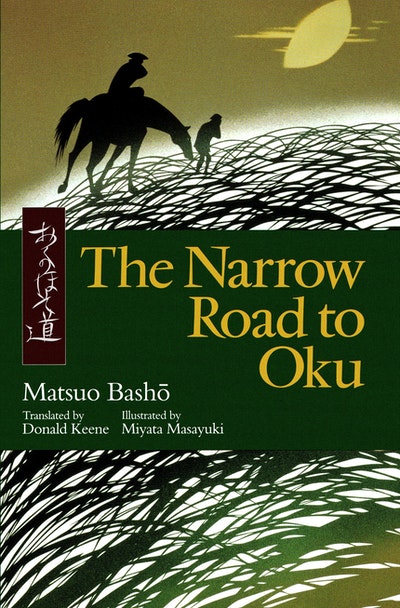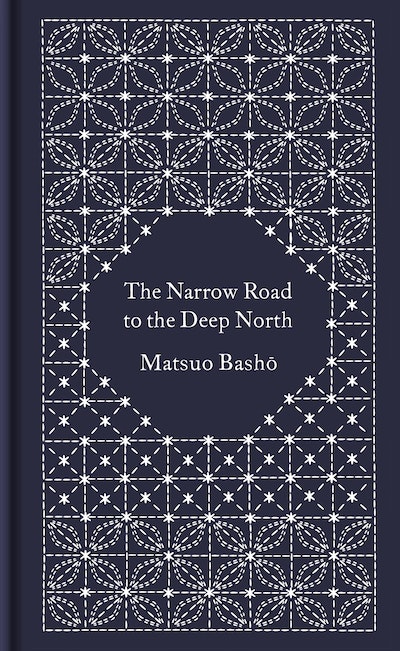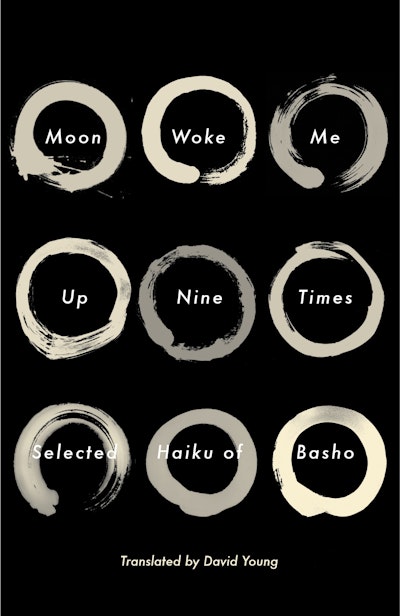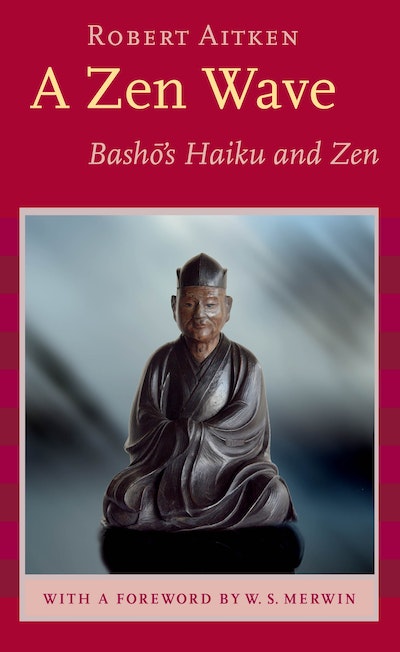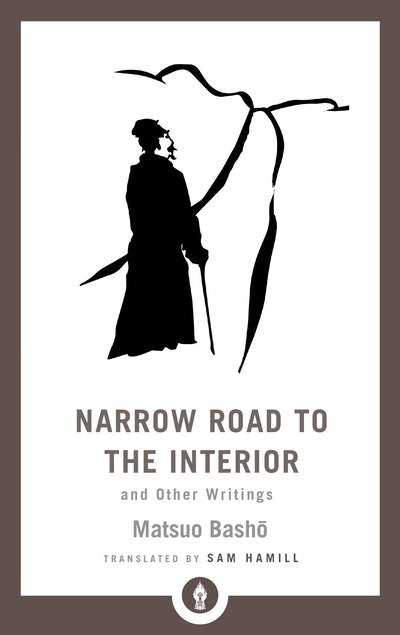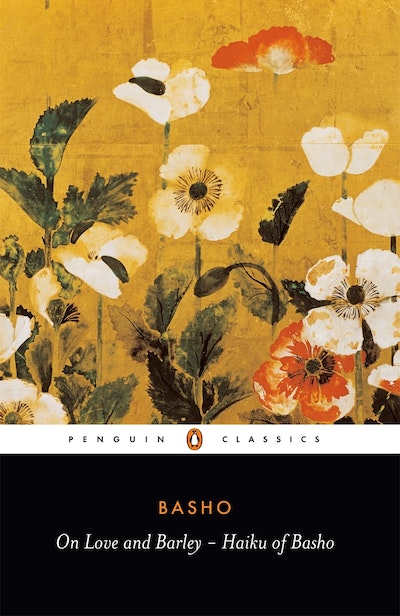In the account which he named "The Narrow Road to Oku," Basho makes a journey lasting 150 days, in which he travels, on foot, a distance of 600 ri.
This was three hundred years ago, when the average distance covered by travelers was apparently 9 ri per day, so it is clear that Basho, who was forty years old at the time, possessed a remarkably sturdy pair of walking legs. Nowadays with the development of all sorts of means of transportation, travel is guaranteed to be pleasant and convenient in every respect, so it's almost impossible for us to imagine the kind of journey Basho undertook, "drifting with the clouds and streams," and "lodging under trees and on bare rocks."
During my countless re-readings of "The Narrow Road to Oku," I would bear that in mind, and the short text, which takes up less than 50 pages even in the pocket-book edition, would strike me as much longer than that, and I would feel truly awed by Basho's 2,450-kilometer journey.
I chose "The Narrow Road to Oku" as the theme of the exhibition marking the thirtieth anniversary of my career as an artist. As somebody who has been illustrating works from Japanese literature for many years, the subject naturally attracted and interested me. But once I'd embarked on the project, it wasn't long before I realized I'd chosen a more difficult and delicate task than I ever imagined, and I wanted to reprove myself for my naivete.
Last year, to mark the centenary of Tanizaki Jun'ichiro's birth, I produced a set of 54 pictures for his translation of "The Tale of Genji." This was a formidable undertaking, as I had to grapple with the achievement of a literary genius whom I had personally known. But if producing a single picture to represent each chapter in "The Tale of Genji" was a matter of selecting a particular "face," or "plane" to represent the whole, producing a picture to represent each haiku in "The Narrow Road to Oku" was without a doubt a matter of having to select one tiny "point"--a mere "dot." One misjudgment in my reading, and the picture would lose touch with the spirit of Basho's work, and end up simply as an illustration that happened to be accompanied by a haiku. I had to meticulously consider every word in those brief 17-syllable poems. Then, if I was fortunate, from the vast gaps and the densely packed phrases a numinous power would gather and inspire me: at times I felt as if I was experiencing what ancient people called the "kotadama," the miraculous power residing in words.
A self-styled "beggar of winds and madness," Basho originated and refined a unique genre of fictional travel literature, which used poetry that enabled one to render, empty-handedly, all of creation. I believe that I could ask for no greater favor from my painter's brush than that I too be able to glean the merest fragment of what the saint of haiku Basho saw, and be able to reproduce it in my work. — Miyata Masayuki
